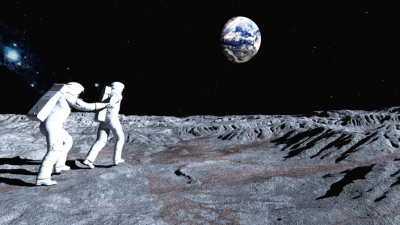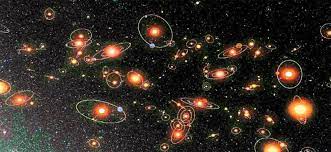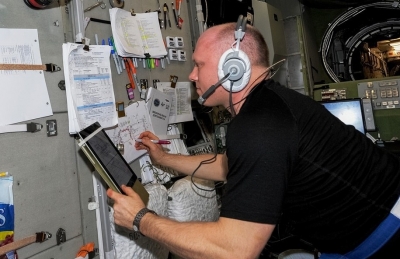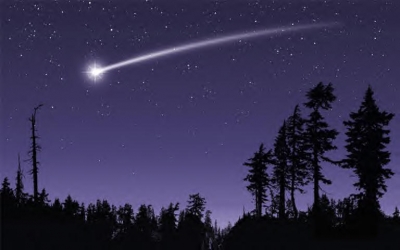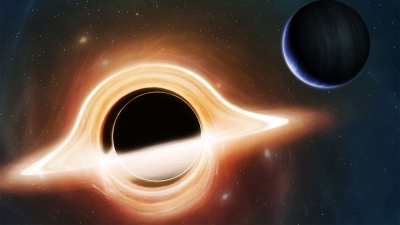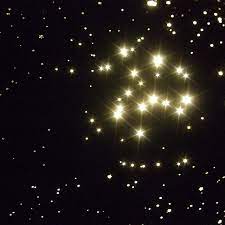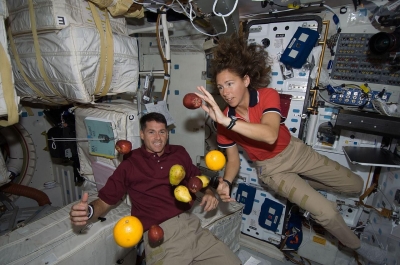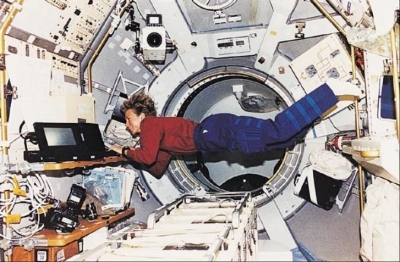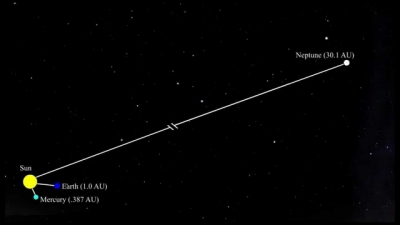What is moon illusion?
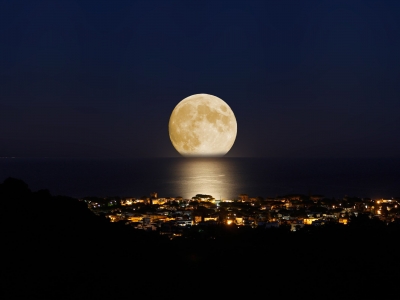
Watching the full Moon rise over the horizon can be a spectacular experience. The Moon often looks humongous during this time, making people pull out their smartphones and capture the scene. As the night passes, the same Moon begins to look smaller higher up in the sky. But is there actually a difference in the size?
It's all in our head
The Moon never really changes in size. It remains the same whether you see it at the horizon or higher up in the sky. However, to our eyes the Moon looks different in size due to illusion. This illusion is popularly termed Moon Illusion.
Why do we see it?
Like several other mysteries that science is yet to find an answer for, there is no proven scientific explanation for Moon Illusion. However, many theories have been proposed.
Most theories on Moon Illusion revolve around how we visually perceive the world. Our brain perceives the size of objects nearer and farther away differently. Due to this, it is thought that the brain doesn't realise that the Moon's size doesn't change no matter at what point we see it in the night sky on a particular day.
Another theory is that the position and size of the objects in the foreground also plays a role. Trees, mountains, buildings or other objects in the foreground can trick the brain into thinking the Moon is closer and bigger than it actually is. Ponzo illusion is the term used to describe this effect. However, this is also not considered a perfect explanation since astronauts in orbit also see the Moon Illusion and they have no objects to act as distance cues.
Argue it out with the brain
There are a couple of ways to prove that what we are seeing is an illusion One of the simple ways is to hold up your outstretched index finger next to the Moon. You will notice that your fingernail and the size of the Moon is the same, no matter where you spot it.
Another way to check the size is through photographs. Take a photo of the Moon when it is near the horizon and another when it is higher up. Keep the camera zoom settings the same while taking both the photos. You will notice that the Moon's width is the same side-to-side. Note that the Moon might appear a little squashed in the vertical direction when it is near the horizon because the atmosphere acts like a weak lens.
Picture Credit : Google
